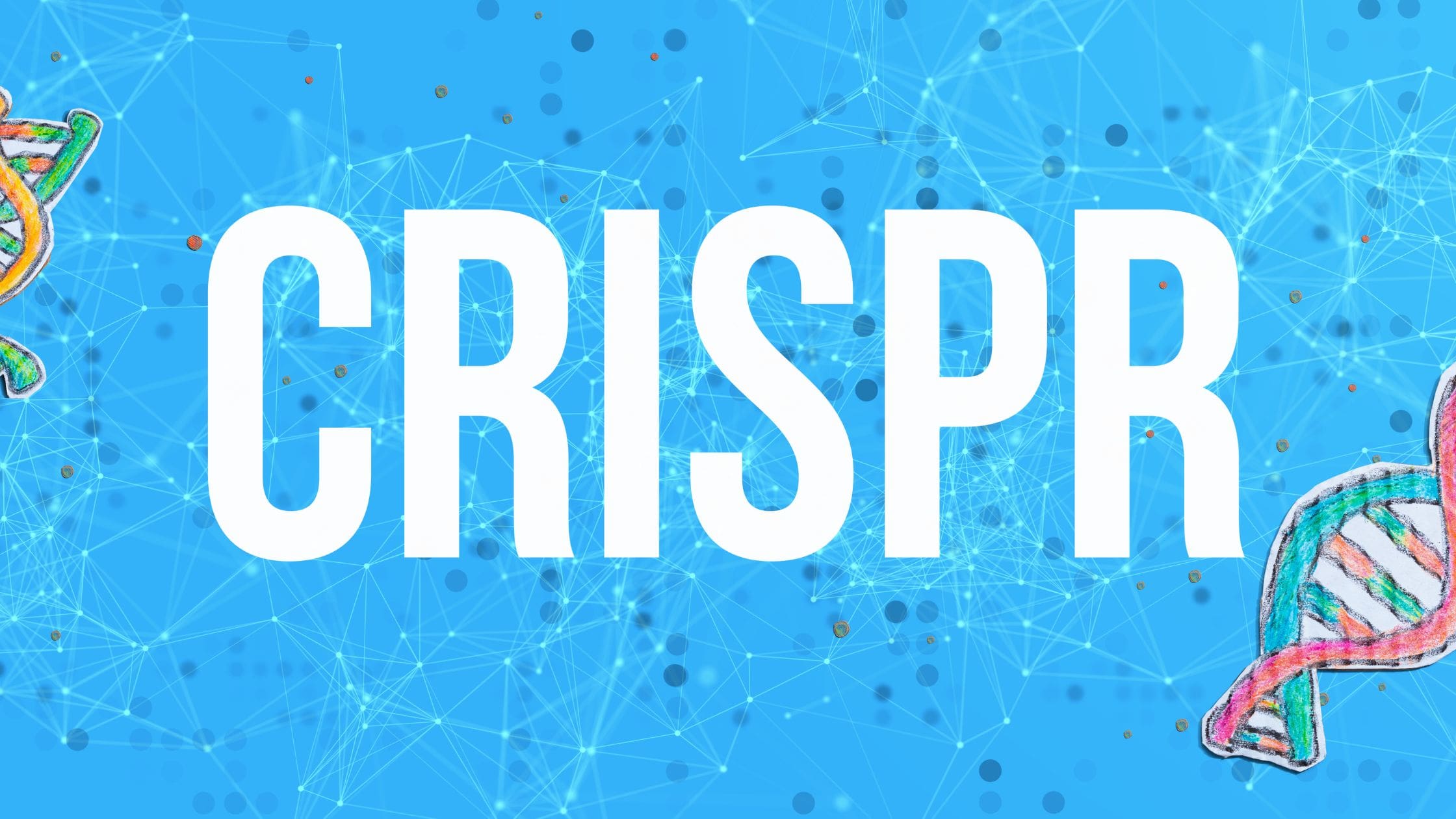Many people search for the secrets to a long and healthy life. We have long sought the answer through healthy eating, exercising and mental wellness to ultimately benefit the human lifespan. New insight suggests that focusing on extending the human healthspan could eventually help in the search for improved life and longevity.
According to reporter Matt Reynolds, healthspan refers to the years we live in generally good health before our bodies are more likely to suffer serious injuries. Healthspan research is not strictly longevity research, but it lies within a similar framework that allows us to better understand ways for people to forge healthier lifestyles. Ultimately, rethinking how we approach longevity research may extend the human lifespan by more than just a few short years.
A significant focus of this research examines and pinpoints when human health begins to decline and its early indicators. Researchers believe one way to explore the issue is by looking at frailty rates, which factor into issues like mobility, health conditions and even social isolation. Identifying these can create a frailty score which helps assess these health conditions. For example, the UK’s National Health Service calculates a score for everyone over 65 years old to help avoid the main reasons for hospital admissions, like adverse responses to medication or falls.
Indeed, researchers should focus their research on larger collective datasets rather than individuals. Jean-Marie Robine is a demographer and longevity researcher who studies supercentenarians, people living 100 years or more. He helps run the world’s largest database on extremely old people across the globe, The International Database on Longevity (IDL). The dataset tracks living and dead people who have reached 105 years and older.
Today, in Robine’s home country of France, there are 30,000 people over the age of 100 alone. Globally, there are over 570,000 centenarians. At its peak, the database tracked supercentenarians from 15 countries. When accessing the data, one of the first questions Robine asks is when they lived and died to understand if these supercentenarians will make it to their next birthday. Recent data, however, has been more challenging to access due to stricter data privacy laws. Some countries like Japan have since withdrawn partial amounts of data from the collection. However, there are some issues with the data. Tracing and matching records to supercentenarians back to the early part of the last century is still incredibly difficult work. Human Mortality Database is a similar database and is considered the best dataset on human longevity; unfortunately it lumps people aged 110 and older together.
It’s clear that more research can help us understand more about human longevity. Within all this data, one major question from the research is whether there is an upper limit to the human lifespan.
Jay Olshansky, an epidemiologist at the University of Illinois, says, “Whether mortality rates plateau or whether they continue to rise is probably completely irrelevant.” Olshansky believes that obtaining reliable death rates past the age of 110 is a reflective indicator that the human species has already reached the upper limit on human longevity. He even believes that Jeanne Calment, the longest person to ever live at age 120, is a statistical outlier. While others may eventually live longer, it doesn’t mean human longevity is continuously expanding.
So then, is our approach to expanding human longevity wrong? It may be naive to support the idea that all humans can live to supercentenarian ages. Even Olshansky’s research shows that eliminating all cancer would only add three years to the average US life expectancy. It may be a pessimistic approach, but Olshansky believes it’s realistic that if one thing doesn’t kill us, something else will. Instead, experts like Olshansky want to focus on helping people live healthier lives.
Principal researcher at Karolinska Institutet in Sweden and scientific consultant at MedEngine, Juulia Jylhävä, believes researchers need to focus on healthspan and maintaining health and our functional abilities.
Research conducted by Jylhävä highlights how the frailty indicators could be a helpful tool earlier in life. There was a correlation between increased frailty scores and higher mortality risks in older years, which are especially strong after 50.
Thus, it makes sense that we should focus on frailty and healthspan at that age, as 65 is too late.Rather than use information from ultra-aging people, research suggests we should focus instead on when the health of younger individuals starts to decline.
Certainly, supercentenarians can offer us some insights into the keys to living a long life since we know that genetic drivers of longevity exist in animals and humans. If anything, we can learn lessons from supercentenarians on how the human lifespan is mainly uncontrollable. Although opportunities for healthier lifestyles and better medical care may come, it doesn’t necessarily mean longevity records will improve. The quest for longevity continues for now, but our focus may shift from quantity of years to quality of living.




